Data science

Data science unifies statistics, data analysis and their related methods in order to understand and analyse phenomena in applications ranging from healthcare to finance.
It is an interdisciplinary research area that employs techniques and theories drawn from many fields. In our department our main areas of research interest are statistics and actuarial science, and operational research. Professor George Alfred Barnard was one of the first professors of the department (1966-1975). He served as President of the Operational Research Society (1962–1964), the Institute of Mathematics and its Applications in (1970–1971) and the Royal Statistical Society (1971-1972).
Many of our academics are also members of the university's Institute for Analytics and Data Science, and work closely with the Institute for Social and Economic Research, the Essex Business School, the School of Computer Science and Electronic Engineering, and the School of Life Sciences.
The data science research group has the following four research themes:
- Actuarial Mathematics theme - Theme members conduct multidisciplinary research in the broad areas of actuarial science and finance, including predictability, asset-liability management, risk management and risk theory, mathematical finance, financial data science and applied probability in actuarial science and queueing systems.
- Data Science and Statistical Learning theme - Theme members work on a range of data science methodologies covering artificial intelligence, statistical learning, computational statistics, epidemiology, bioinformatics and environmental statistics.
- Operational Research (OR) theme - Theme members conduct multidisciplinary research in the broad areas of OR and mathematical modelling including linear and nonlinear programming, combinatorial optimisation, deterministic and stochastic dynamic programming, algorithm (heuristics) design and analysis (including the novel Plant Propagation Algorithm (PPA) developed by Salhi), implementation of algorithms, data analytics and applications in portfolio selection, labour scheduling, green distribution, and predictive modelling.
- Statistical Methodology theme - Theme members work on a broad range of statistics and applied probability topics, including Bayesian statistics, longitudinal and survival analysis, causal inference, applied probability, exact Monte Carlo simulation such as Monte Carlo (or Bayesian) Fusion methods, nonparametric estimation for bivariate survival functions, semiparametric and nonparametric methods for length-biased and censored data.
Data science projects
Essex Data Science Seminar Series
Our group runs a regular research seminar series throughout the academic year. Along with hosting talks from our academics and research students, we also invite experts from other institutions to present their latest work.
Our seminars are open to anyone at the University of Essex who may be interested in the topic being discussed.
Past events
Spring term 2022
- 24th February 2022 - "Prevalent Cohort Studies: Length-Biased Sampling with Right Censoring" - Masoud Asgharian, McGill University, Canada.
Autumn term 2021
- 9th December 2021 - "Optimising the Beer Distribution Game: a Reinforcement Learning and Monte Carlo Tree Search Approach" - Felipe Maldonado, University of Essex.
- 2nd December 2021 - "Sequential Estimation for Mixture of Regression Models in Dealing with Heterogeneous Population" - Hongsheng Dai, University of Essex.
- 25th November 2021 - "Modelling and Analysis of Individual Animal Movement" - Joe Bailey, University of Essex.
- 11th November 2021 - "Radial Mendelian randomization: Novel approaches to estimating and visualising causal effects using GWAS summary data" - Wes Spiller, University of Bristol.
- 4th November 2021 - "Analysing the behaviour of dairy cows" - Kareemah Chopra, University of Essex.
Our academics

Lecturer
School of Mathematics, Statistics and Actuarial Science, University of EssexResearch area: Data Science and Statistical Learning; Statistical Methodology.

Lecturer
School of Mathematics, Statistics and Actuarial Science, University of Essex
Lecturer in Environmetrics
School of Mathematics, Statistics and Actuarial Science, University of EssexResearch area: Statistics
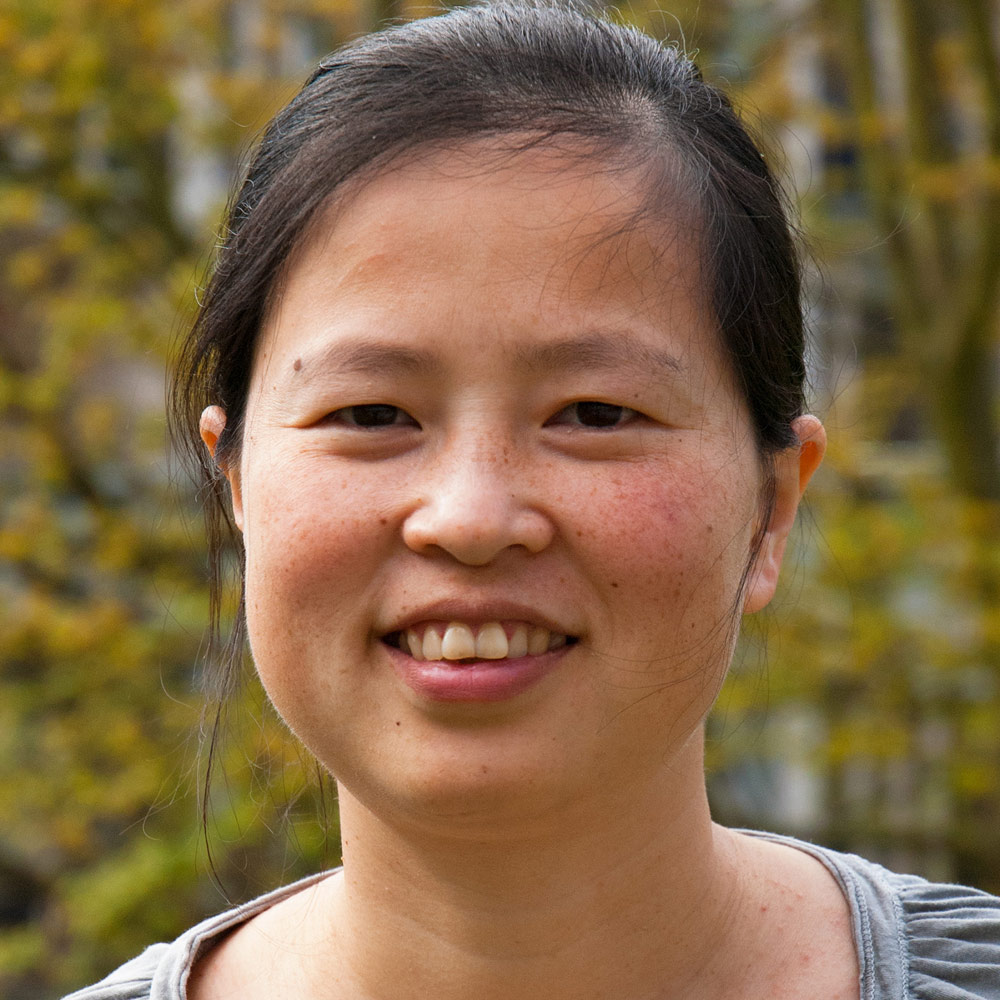
Senior Lecturer in Data Science and Statistics
School of Mathematics, Statistics and Actuarial Science, University of EssexResearch area: Statistics

Lecturer
School of Mathematics, Statistics and Actuarial Science, University of EssexResearch area: Data Science and Statistical Learning; Operational Research.

Lecturer in Data Science
School of Mathematics, Statistics and Actuarial Science, University of EssexResearch area: Data Science and Statistical Learning; Statistical Methodology.

Lecturer
School of Mathematics, Statistics and Actuarial Science, University of EssexResearch area: Statistical Methodology

Lecturer
School of Mathematics, Statistics and Actuarial Science, University of EssexResearch area: Data Science and Statistical Learning.

Lecturer in Data Science and Statistics
School of Mathematics, Statistics and Actuarial Science, University of EssexResearch area: Statistical methodology.
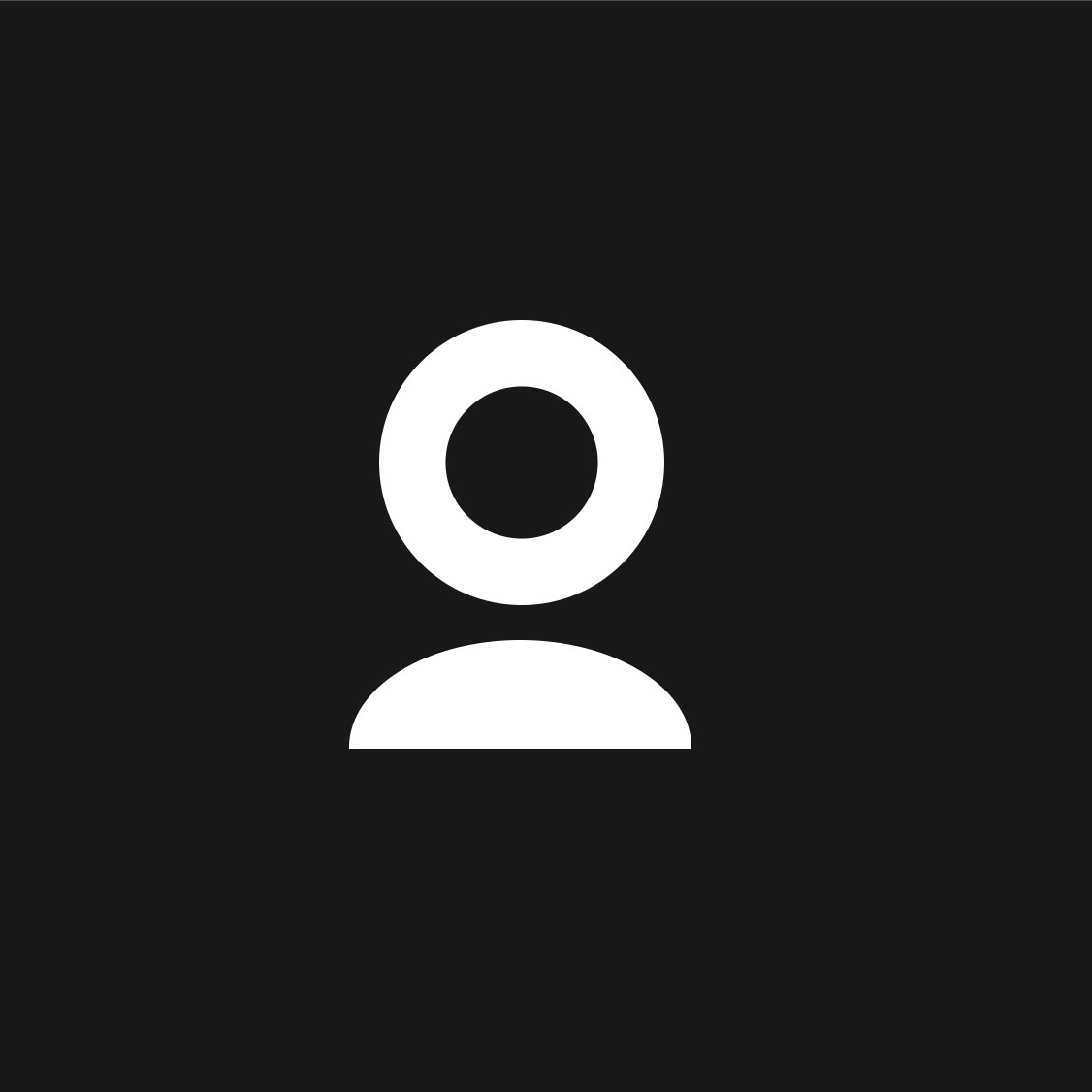
Lecturer in Data Science and Statistics
School of Mathematics, Statistics and Actuarial Science, University of EssexResearch area: Statistical Methodology.

Lecturer in Data Science and Statistics
School of Mathematics, Statistics and Actuarial Science, University of EssexResearch area: Statistics
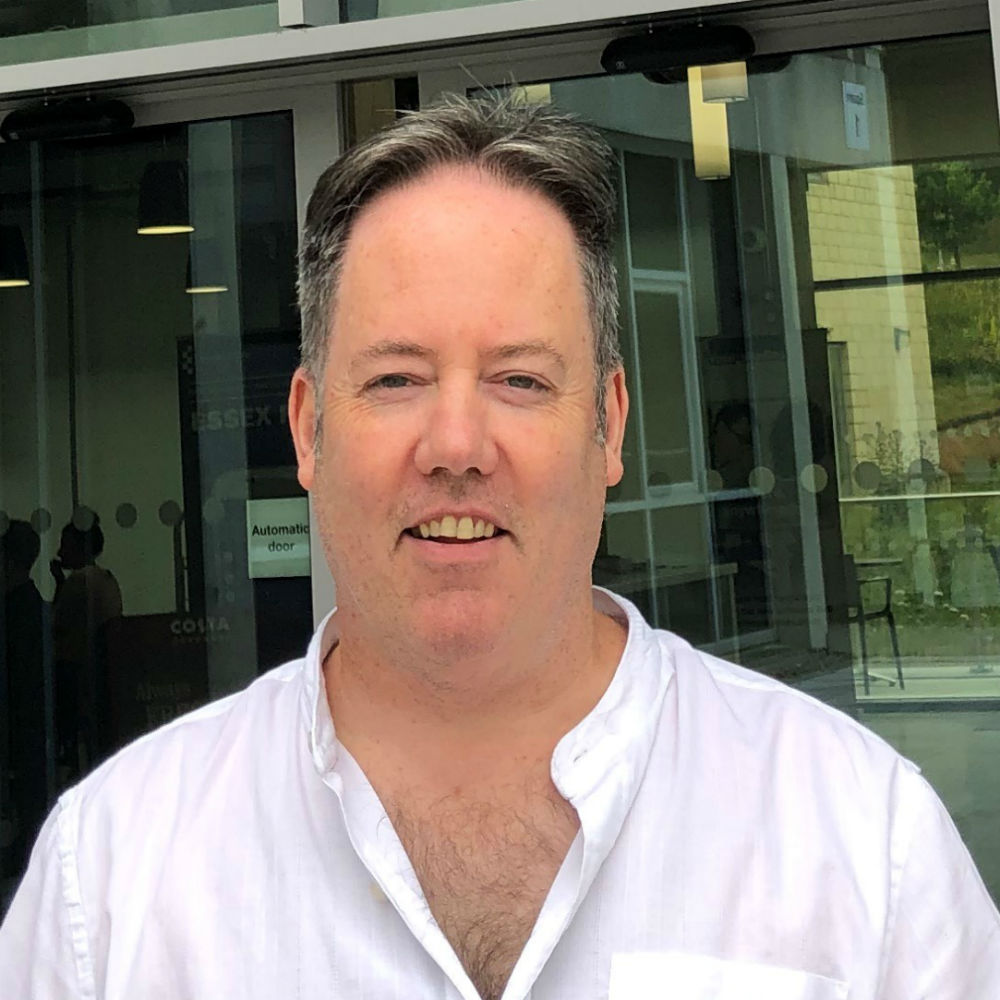
Senior Lecturer in Data Science
School of Mathematics, Statistics and Actuarial Science, University of EssexResearch area: Statistics
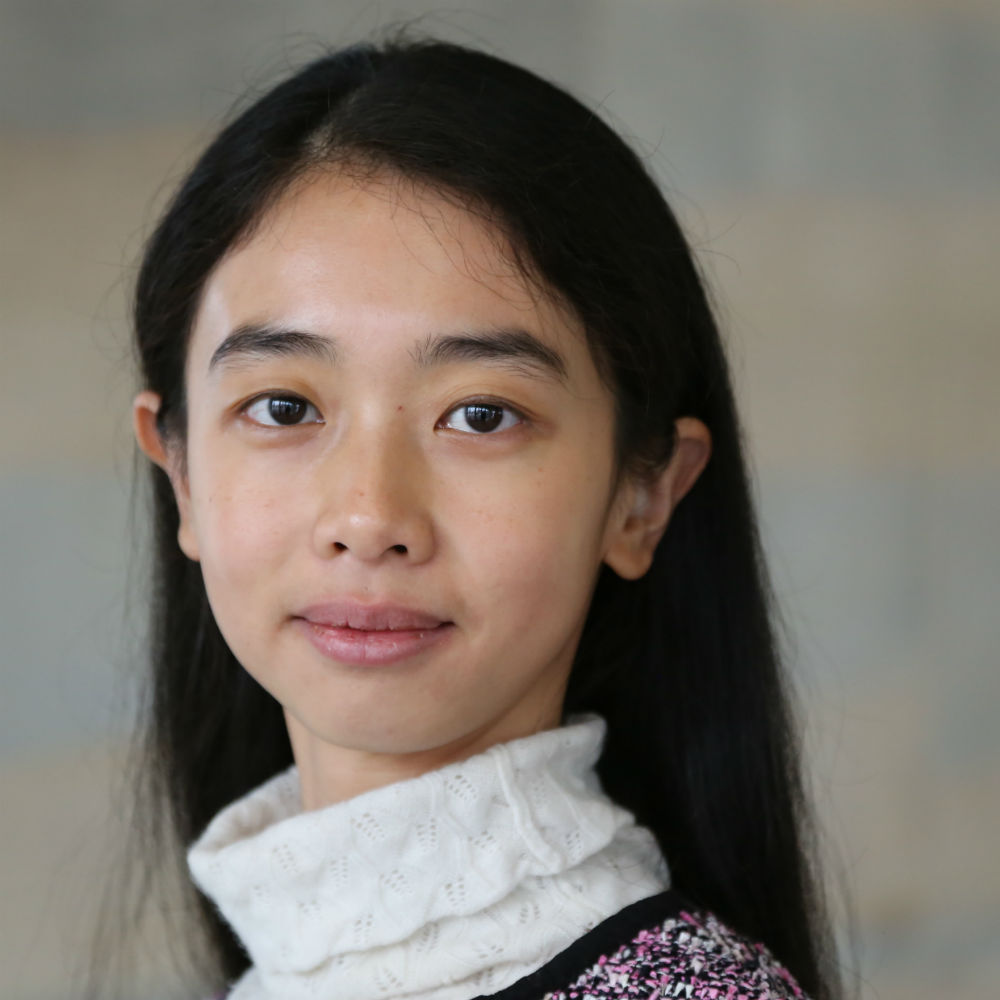
Lecturer in Actuarial Science
School of Mathematics, Statistics and Actuarial Science, University of EssexResearch area: Actuarial science

Lecturer in Actuarial Science and Finance
School of Mathematics, Statistics and Actuarial Science, University of EssexResearch area: Actuarial science.

Lecturer in Data Science and Statistics
School of Mathematics, Statistics and Actuarial Science, University of EssexResearch area: Statistical methodology.

Lecturer in Data Science and Statistics
School of Mathematics, Statistics and Actuarial Science, University of EssexResearch area: Statistical Methodology; Data Science and Statistical Learning.

Lecturer in Operational Research
School of Mathematics, Statistics and Actuarial Science, University of EssexResearch area: Operational Research

Lecturer in Data Science and Statistics
School of Mathematics, Statistics and Actuarial Science, University of EssexResearch area: Statistics.

Senior Lecturer
School of Mathematics, Statistics and Actuarial Science, University of EssexResearch area: Statistical Methodology.

Lecturer
School of Mathematics, Statistics and Actuarial Science, University of EssexResearch area: Statistical Methodology; Data Science and Statistical Learning.
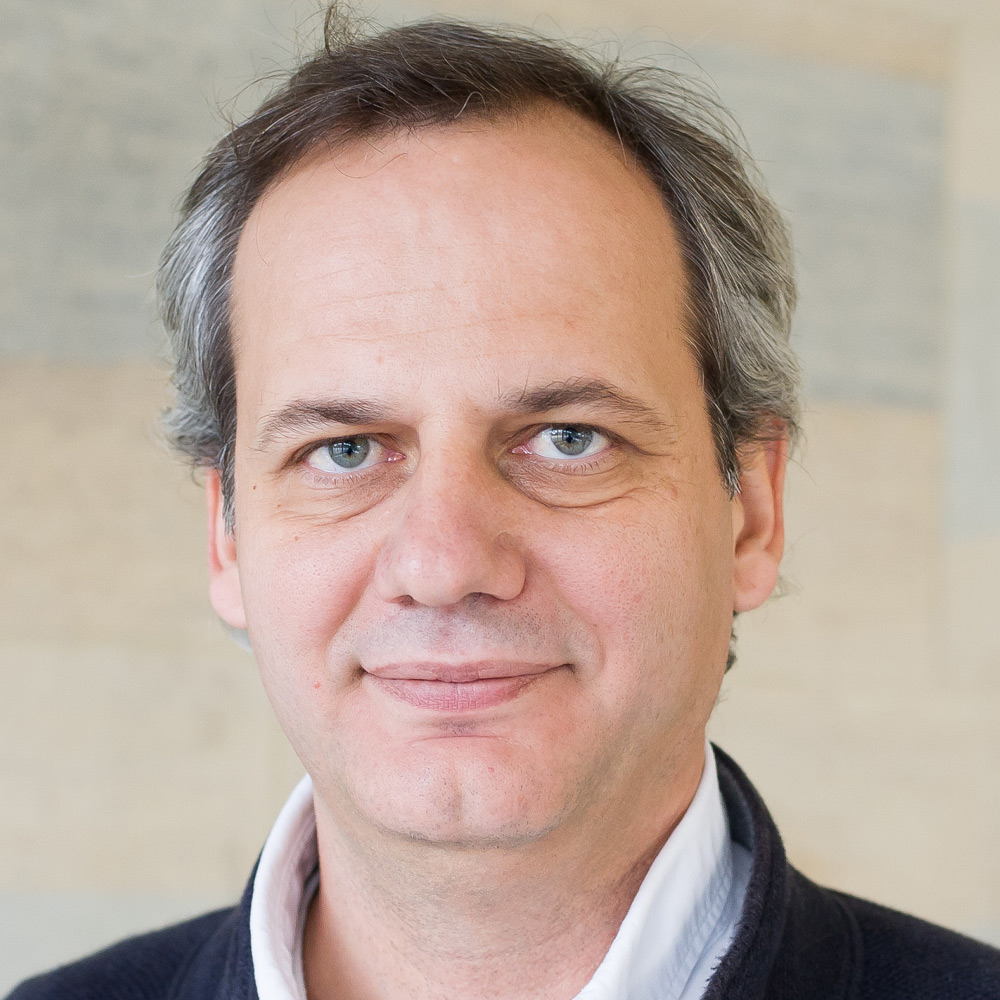
Professor of Actuarial Science
School of Mathematics, Statistics and Actuarial Science, University of EssexResearch area: Actuarial science

Lecturer
School of Mathematics, Statistics and Actuarial Science, University of EssexResearch area: Data Science and Statistical Learning.

Lecturer in Actuarial Science
School of Mathematics, Statistics and Actuarial Science, University of EssexResearch area: Statistics, actuarial science.

Professor in Operational Research
School of Mathematics, Statistics and Actuarial Science, University of EssexResearch area: Operational research

Senior Lecturer in Statistics
School of Mathematics, Statistics and Actuarial Science, University of EssexResearch area: Statistical Methodology.









